Elephant Ivory
Elephant Ivory
Vendor: Luis Miorin
Telegram Username;@Luismiorin
Description
Bovine Bone(Elephant Ivory ) readily available for supply…Min order 10kg…African Sourced E Ivory transformed to other Products for easy transport and delivery.
What is Elephant Ivory?
Ivory is a dense, white material derived mainly from the tusks of elephants. These tusks are elongated incisor teeth that continue to grow throughout an elephant’s life. Unlike synthetic substitutes, ivory has a unique structure with visible cross-hatching known as Schreger lines, which help distinguish it from other types of ivory.
Historical Uses of Ivory
For centuries, ivory trade flourished across Africa, Asia, Europe, and the Middle East. Ancient civilizations used elephant ivory in sculptures, religious relics, and decorative tools. During the 18th and 19th centuries, ivory demand surged due to colonial trade, leading to mass exploitation of elephant populations.
Items once made from elephant tusks include:
-
Jewelry and ornaments
-
Religious statues and carvings
-
Piano keys and billiard balls
-
Inlay work for furniture
Although these uses highlight ivory’s cultural significance, the impact on wild elephants has been devastating.
The Ivory Trade and Elephant Decline
The ivory trade has been a driving force behind the decline of elephant populations in Africa and Asia. Tens of thousands of elephants were killed annually to supply the growing global demand. As a result, both African and Asian elephants were pushed toward the brink of extinction.
Today, the international trade of elephant tusks is banned under the Convention on International Trade in Endangered Species of Wild Fauna and Flora (CITES). Despite this, illegal markets still exist, fueled by smuggling and high black-market prices.
Conservation and Global Efforts
Conservation organizations, governments, and wildlife activists are working tirelessly to combat the illegal elephant tusks trade. Some of the most effective measures include:
-
International bans and regulations under CITES.
-
Public awareness campaigns highlighting the cruelty behind ivory products.
-
Wildlife protection programs to safeguard elephants in national parks and reserves.
-
Alternative livelihoods for communities once dependent on ivory trade.
In addition, many countries have initiated ivory destruction campaigns, where seized ivory is burned or crushed to send a strong message against illegal trade.


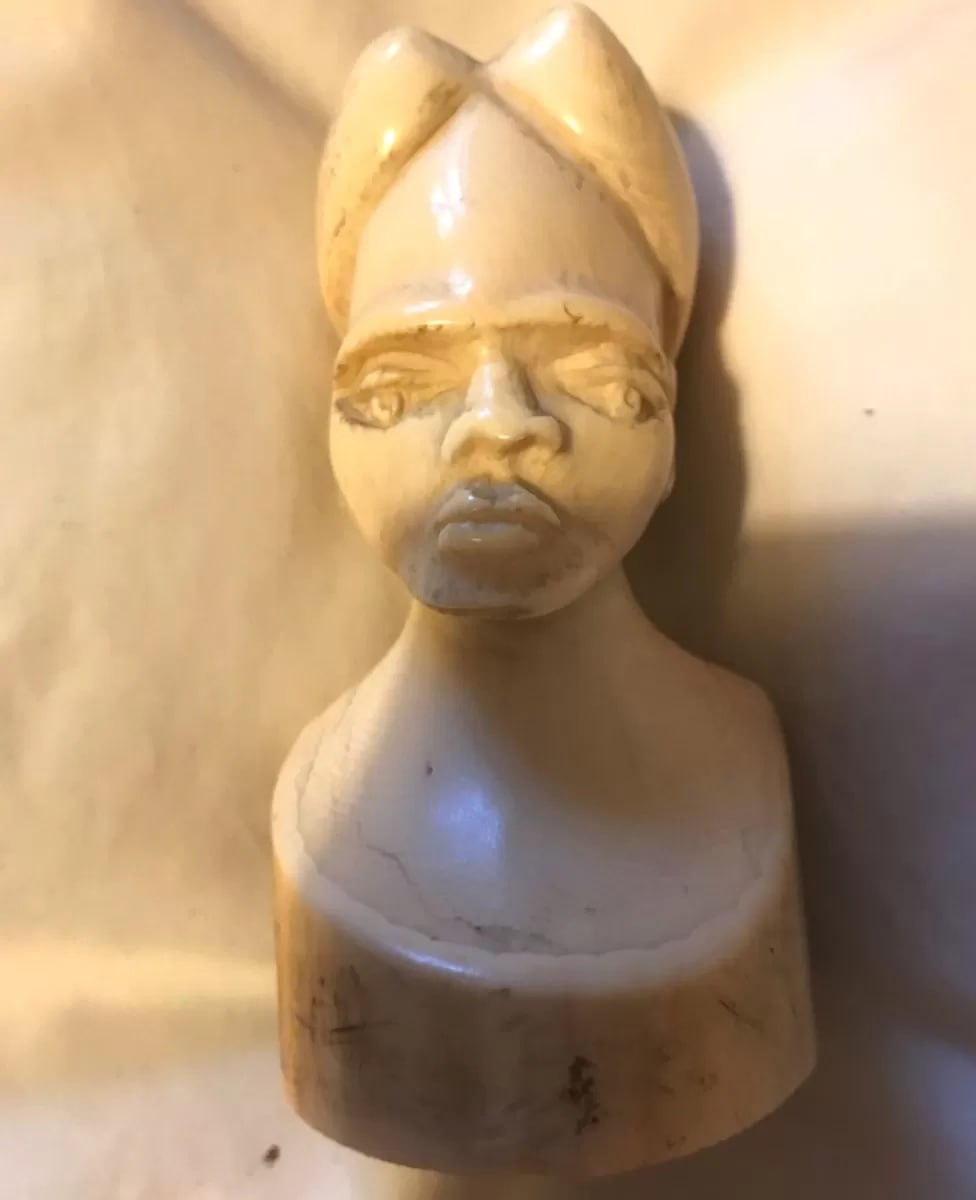
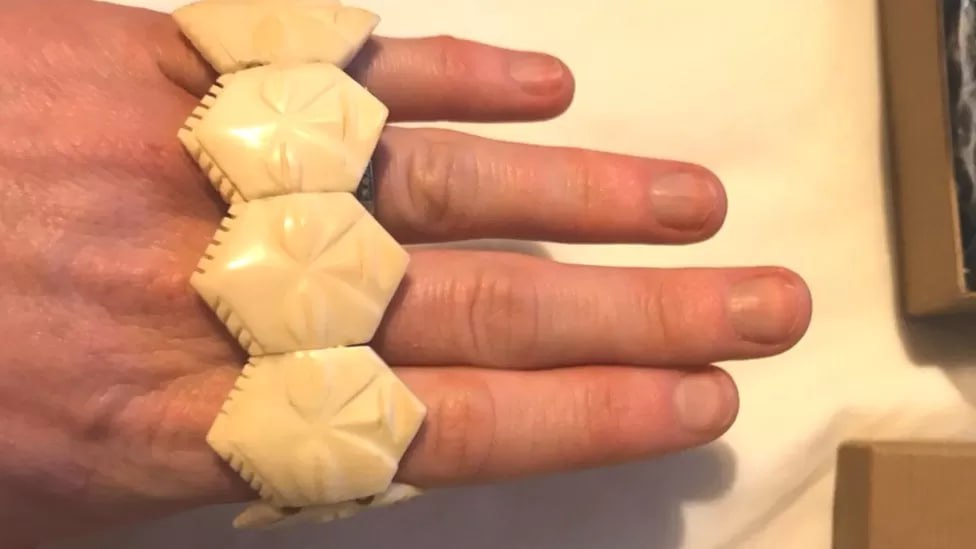
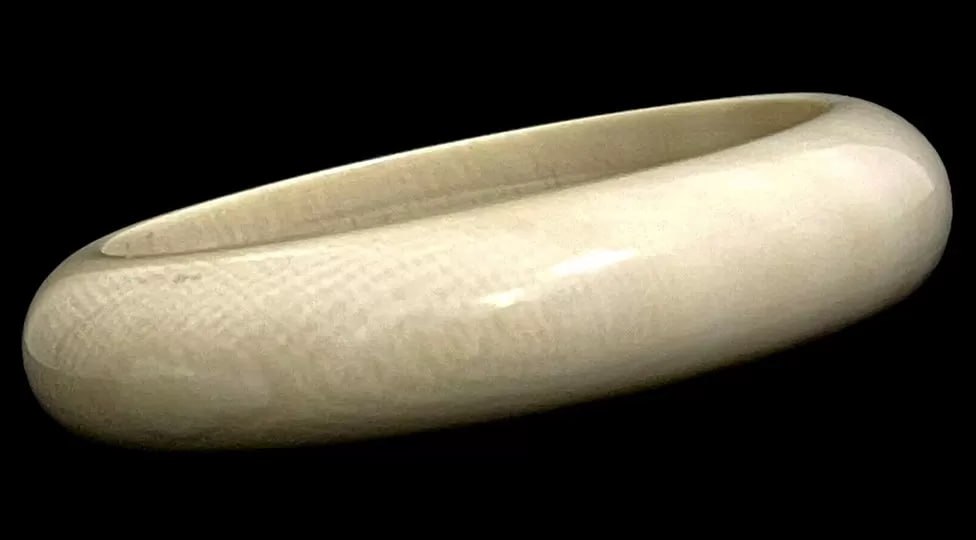
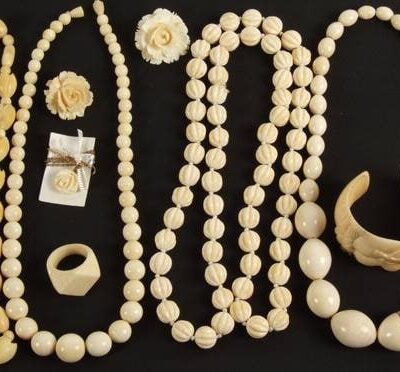
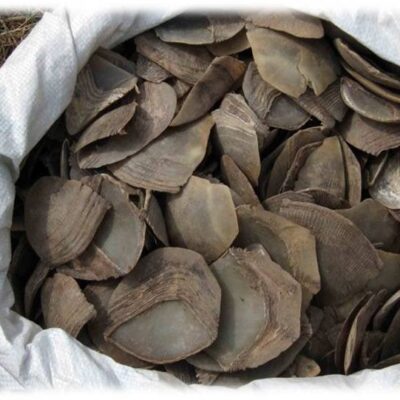








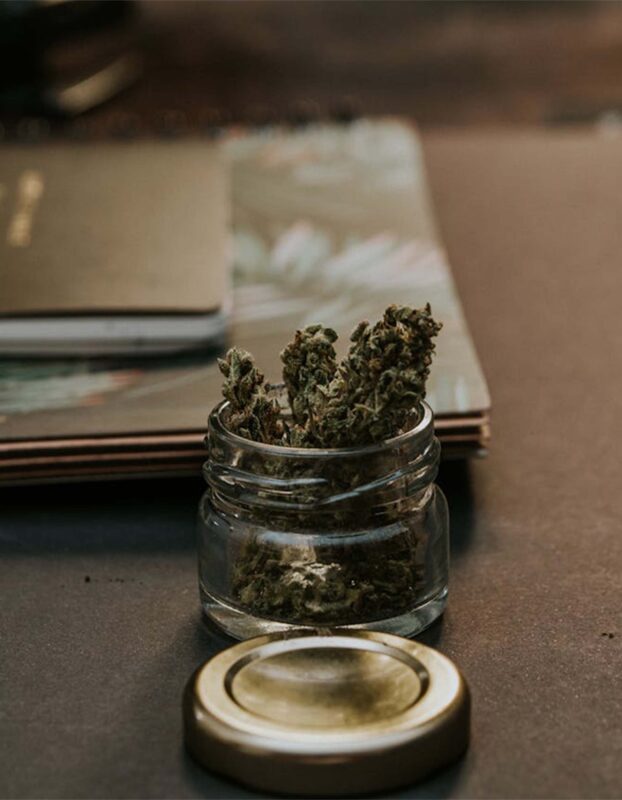

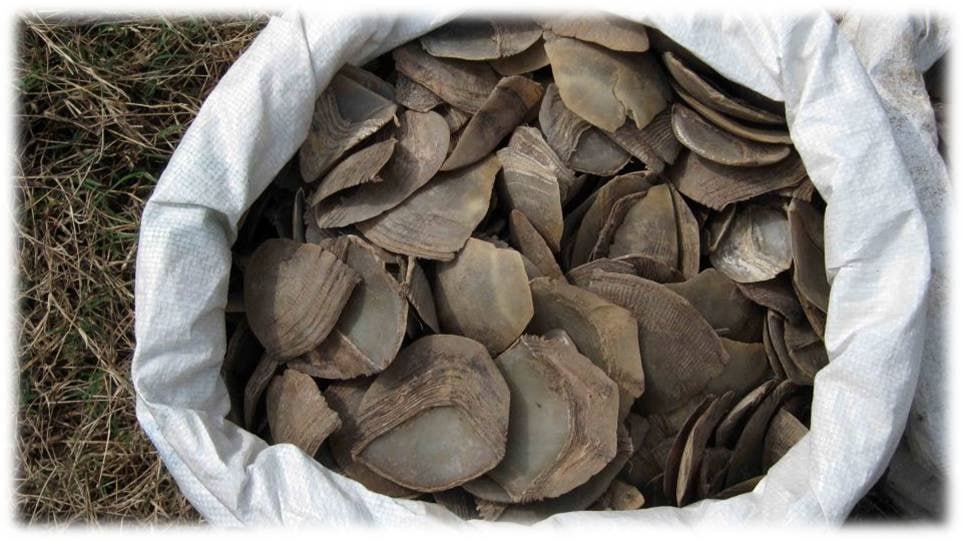




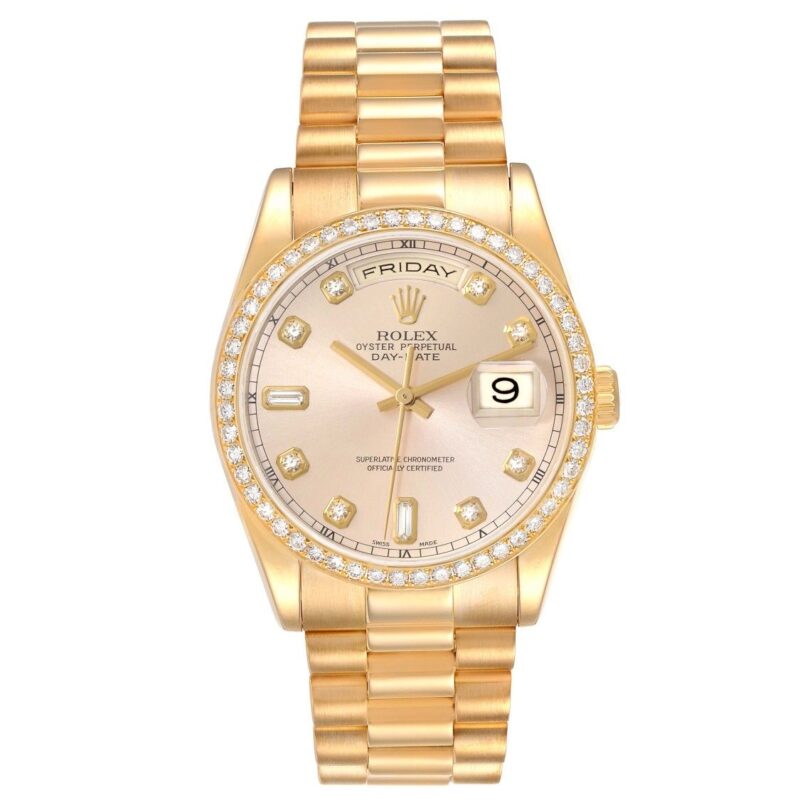




Reviews
Clear filtersThere are no reviews yet.